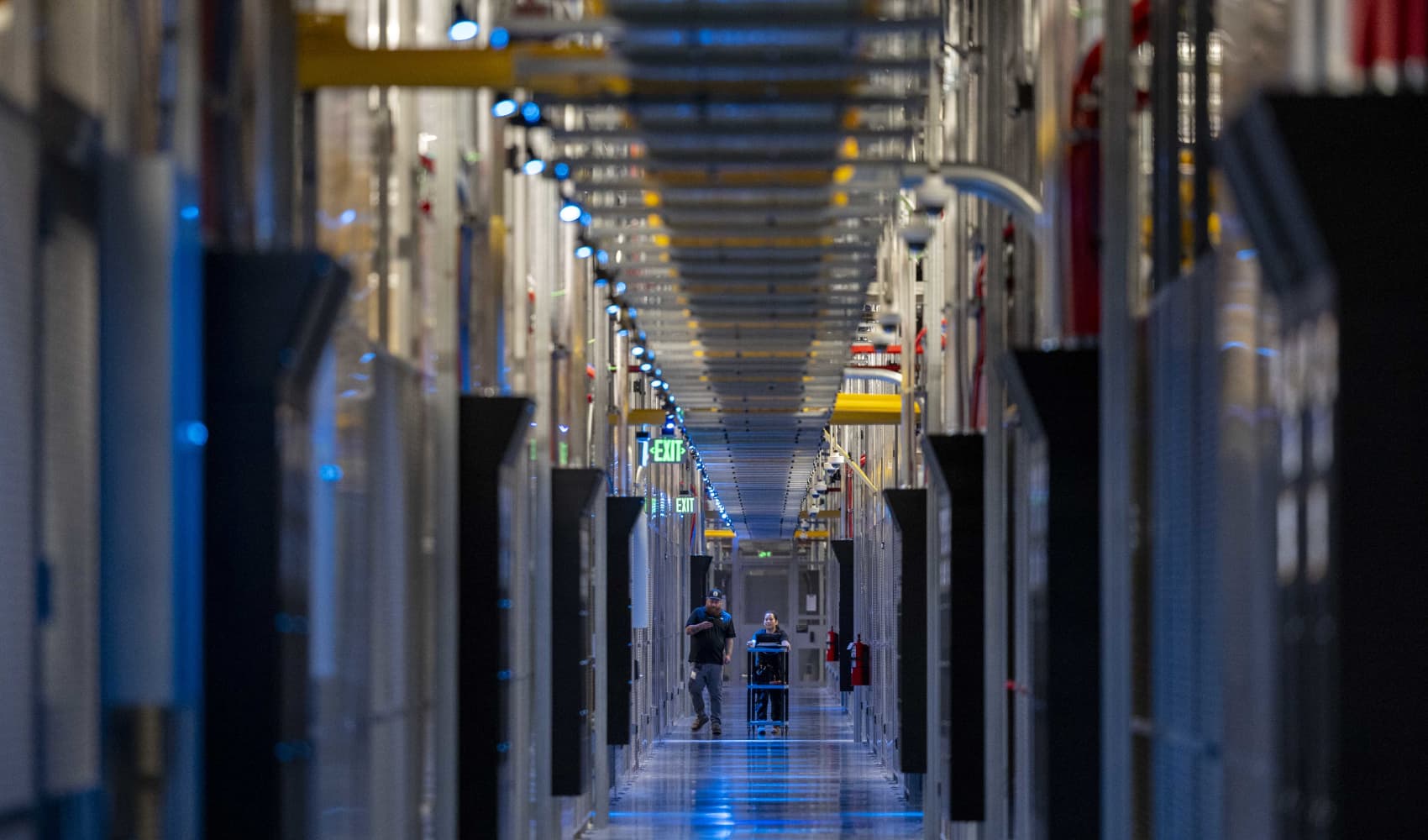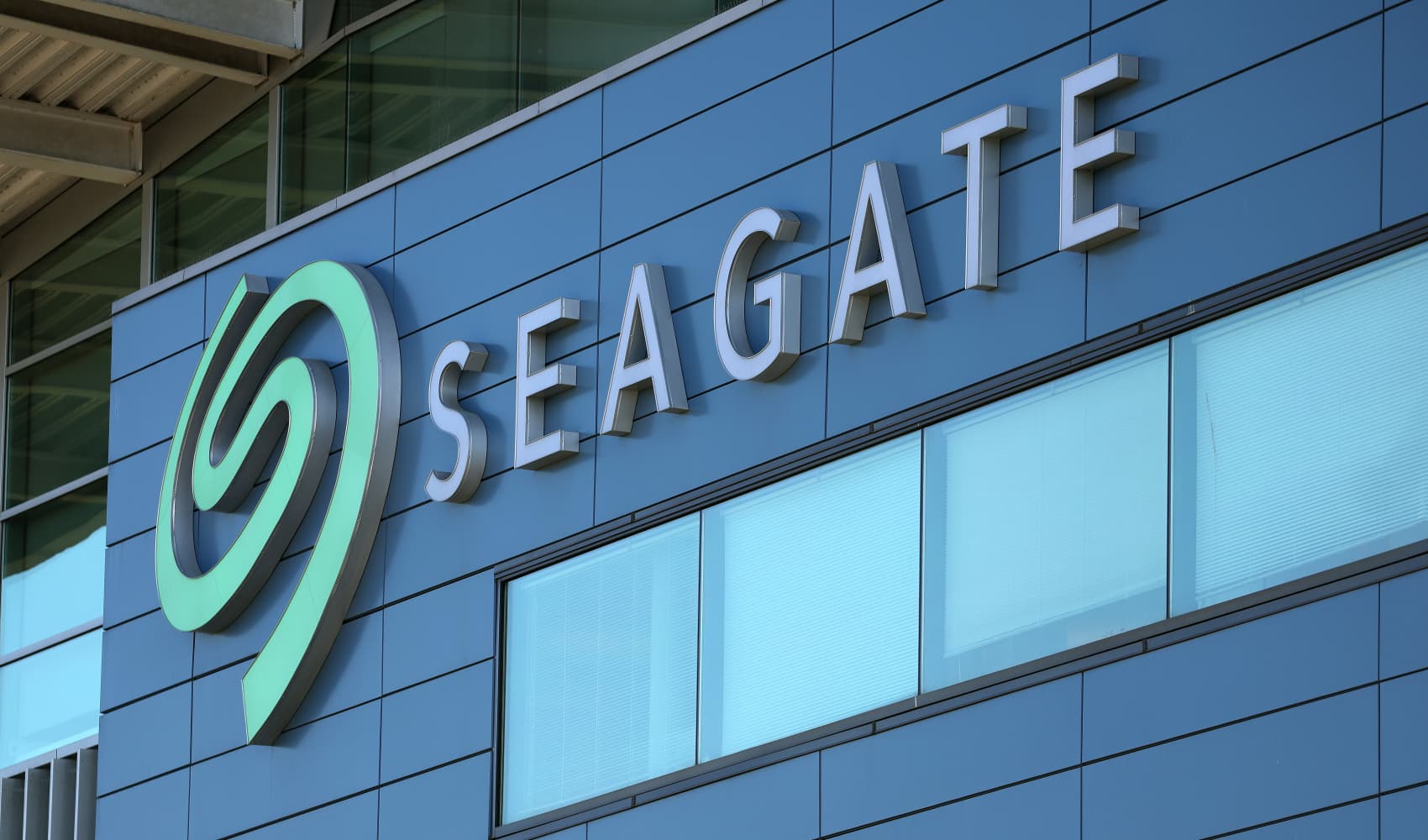Data Center Demand Unstoppable: Northern Virginia Boom!
Data Center Boom: Northern Virginia's Unstoppable Surge
Introduction: Is the Data Center Party Still Going Strong?
Hold on to your hats, folks, because the data center party in Northern Virginia isn't just continuing – it's showing no signs of slowing down! Dominion Energy, a major player in the region's power grid, is reporting that demand from data center customers remains incredibly robust. But what's fueling this seemingly insatiable appetite for server space? Let's dive into the details of this digital gold rush.
Northern Virginia: Data Center Alley's Unrivaled Reign
Northern Virginia, specifically Loudoun County, has earned the well-deserved nickname "Data Center Alley." Why? Because it's home to the largest concentration of data centers in the entire world. We're talking about a veritable digital landscape dotted with massive facilities humming with processing power.
Loudoun County's Strategic Advantage
What makes this region so attractive? Several factors contribute to its dominance:
- Proximity to Washington, D.C.: Easy access to government agencies and associated businesses.
- Robust Infrastructure: Dominion Energy provides reliable and ample power.
- Favorable Tax Environment: Virginia has policies that incentivize data center development.
- Network Connectivity: A dense network of fiber optic cables ensures fast and reliable data transfer.
Dominion Energy's Perspective: A Powerhouse View
Dominion Energy isn't just an observer; it's a key enabler of this data center explosion. They provide the electricity that keeps these massive facilities running. So, when Dominion speaks, the industry listens. Their insights are crucial for understanding the true pulse of the market.
CEO's Confidence: Robert Blue's Optimistic Outlook
Dominion CEO Robert Blue has stated that data center customers are demonstrating a continuing desire for additional capacity. Think about it: These aren't small investments. These are multi-billion dollar projects. His comments suggest a very strong conviction that the demand is sustainable.
The AI Gold Rush: Fueling the Fire
Artificial intelligence (AI) is the latest major driver behind this data center boom. Big Tech companies are pouring billions into developing and training AI models. These models require massive amounts of data and processing power, translating directly into demand for more data centers.
AI Training: A Data Center's Dream
Imagine training an AI to understand language, recognize images, or even drive a car. All that requires processing a huge dataset. Think of it like feeding a hungry giant. Data centers are the restaurants feeding the AI revolution.
What About a Slowdown? Addressing the Concerns
In an uncertain economic climate, questions about a potential slowdown are natural. Are we on the verge of a data center bubble? Dominion Energy's CFO has explicitly stated they've seen no evidence of slowing demand across their service area. That's a pretty strong statement!
Factors Mitigating a Potential Downturn
Several factors could be insulating the data center market from broader economic woes:
- Long-Term Contracts: Many data center leases are long-term, providing stability.
- Essential Infrastructure: Data centers are increasingly critical to the global economy.
- Cloud Adoption: The shift to cloud computing continues to drive demand.
Beyond the Big Tech Giants: A Diversifying Market
While Big Tech companies like Amazon, Microsoft, and Google are major players, the data center market is becoming more diverse. Businesses of all sizes are increasingly reliant on data centers for their operations.
Edge Computing: The Next Frontier
Edge computing, which involves processing data closer to the source (like in self-driving cars or IoT devices), is also creating new opportunities for data center development. This trend will likely lead to more geographically distributed data centers, creating even more capacity need.
The Environmental Impact: A Growing Concern
Let's be realistic. This surge in data center development raises environmental concerns. Data centers consume a significant amount of electricity and water. Sustainability must be a priority.
Dominion Energy's Green Initiatives
It's crucial that companies like Dominion Energy are investing in renewable energy sources to power these facilities more sustainably. Are they doing enough? That's a debate for another time, but it’s important to know that power companies are investing in renewable energy sources.
The Talent Gap: Finding Skilled Workers
Building and operating these data centers requires a skilled workforce. Are there enough qualified technicians, engineers, and cybersecurity experts to meet the growing demand? Addressing the talent gap is critical for the long-term success of the industry.
Investing in Education and Training
Companies and educational institutions need to collaborate to develop training programs that equip workers with the necessary skills to thrive in the data center industry. It’s similar to ensuring the right amount of chefs are being trained when restaurants are booming.
The Future of Data Centers: What Lies Ahead?
So, what does the future hold for data centers in Northern Virginia? It seems that the demand will continue to be high. Innovation in cooling technologies, power efficiency, and automation will be critical for optimizing performance and minimizing environmental impact.
The Metaverse and Beyond: Untapped Potential
Emerging technologies like the metaverse, augmented reality, and advanced analytics will undoubtedly require even more processing power and storage capacity. The data center boom may be just getting started.
Local Community Impact: Balancing Growth and Quality of Life
While the data center boom brings economic benefits, it also has an impact on local communities. How can we ensure that this growth benefits everyone? Smart planning and community engagement are essential. Traffic, noise, and visual impact are real concerns that must be addressed.
Community Benefits Agreements
One approach is to create community benefits agreements that require data center developers to invest in local infrastructure, schools, and other community needs. It's all about finding a win-win scenario.
Conclusion: Riding the Digital Wave
In conclusion, the data center boom in Northern Virginia remains strong, fueled by AI, cloud computing, and a growing reliance on digital infrastructure. Dominion Energy's statements reinforce this outlook, highlighting the continued appetite for data center capacity. While challenges like environmental impact and the talent gap exist, the overall trajectory points toward sustained growth. The future of the digital world is being built right here, in Data Center Alley.
Frequently Asked Questions
Here are some frequently asked questions about the data center boom in Northern Virginia:
-
Q: Why is Northern Virginia called "Data Center Alley"?
A: Northern Virginia has the highest concentration of data centers in the world, thanks to its strategic location, robust infrastructure, and favorable business environment.
-
Q: Is the data center boom sustainable?
A: While economic conditions could impact demand, current indicators, including Dominion Energy's reports, suggest continued growth due to the ongoing expansion of cloud computing, AI, and other data-intensive technologies.
-
Q: What are the environmental concerns associated with data centers?
A: Data centers consume significant amounts of electricity and water, raising concerns about carbon emissions and resource depletion. Sustainable practices and renewable energy sources are crucial for mitigating these impacts.
-
Q: How does the data center industry affect local communities?
A: Data centers can bring economic benefits like jobs and tax revenue but can also impact local communities through increased traffic, noise, and visual changes. Community engagement and responsible planning are essential.
-
Q: What skills are needed to work in the data center industry?
A: The data center industry needs skilled technicians, engineers, cybersecurity experts, and project managers. Education and training programs are crucial for filling the talent gap.

